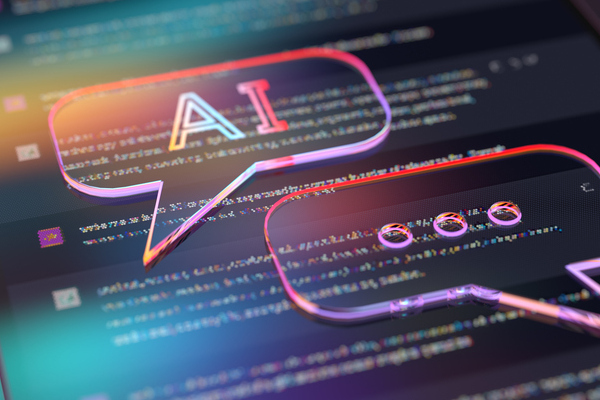Forrester’s top 10 emerging technologies for 2025: automation evolves, robots rise and synthetic data steps forward
Forrester’s VP, Emerging Tech Portfolio Brian Hopkins reveals the top emerging technologies businesses should be investing in

Emerging technology isn’t just speeding up – it’s splintering into newer, riskier and more powerful directions. Last year, in our top 10 emerging technologies list, we split generative AI into two: one track for language, one for visual content. That split still holds for the 2025 list, but the timelines are shifting. Generative AI for language is here now, while generative AI for visual content will eventually transform digital experiences – just not overnight. Meanwhile, the rest of this year’s list reflects the relentless pace of change, with big updates in how we cover automation, data innovation and embodied AI.
Below, I highlight three noteworthy changes to this year’s top 10 emerging technologies list – and one foundational truth that hasn’t changed.
Agentic AI: automation gets a brain (and a warning label)
Since intelligent agents first emerged in 2020, Forrester has tracked automation’s evolution with AI closely. Last year, we refined this to “AI agents”. But in 2025, we go even deeper – spotlighting agentic AI technologies as a distinct emerging technology.
Why? Because a new wave of architectures and orchestration tools is making AI agents significantly more flexible and capable – but also more unpredictable. These technologies are enabling automation to take on open-ended tasks, respond adaptively and operate independently. That opens new possibilities for enterprises – and new doors for risk. Clear boundaries, governance and trust frameworks must evolve alongside the tech. We have already published an important foundation report on this technology.
Synthetic data: from privacy tool to performance driver
While 42 per cent of firms say they are already using synthetic data as a privacy-preserving technology, its true potential is now coming into focus – and launching it into the top 10.
Beyond its role in data minimisation and bias mitigation, synthetic data is rapidly becoming a critical training and tuning tool for foundational models. Enterprises are using it to create high-fidelity datasets where real data is limited or unavailable, to stress-test AI behaviour and to ensure fairness at scale. The result? A more robust path to responsible AI – and a new lever for innovation.
Humanoid robots: from factory floor to frontline
Humanoid robots were absent even from our top 20 list last year but show up on the top 10 this year. So what’s changed?
Several forces converged in 2025: falling component costs, advances in robotic dexterity and rapid progress in language AI. Together, they’ve made human-form robots feasible for frontline work across industries. From warehouses and restaurants to elder care and security, new use-cases are gaining traction fast.
If current trajectories hold, humanoid robots could disrupt many physical-service industries significantly by 2030. Robotics is not just about automation anymore – it’s about presence, interaction and embodiment.
What hasn’t changed? Trust still comes first
The most important message from last year remains unchanged in 2025, despite the increased volatility this year: to be ready for tomorrow’s innovation, tech leaders must invest today in trusted, secure technology foundations. Technology innovation thrives on speed – but trust is what enables scale.
You can download a complimentary guide to Forrester’s top 10 emerging technologies here

Business Reporter Team
Most Viewed
Winston House, 3rd Floor, Units 306-309, 2-4 Dollis Park, London, N3 1HF
23-29 Hendon Lane, London, N3 1RT
020 8349 4363
© 2025, Lyonsdown Limited. Business Reporter® is a registered trademark of Lyonsdown Ltd. VAT registration number: 830519543





